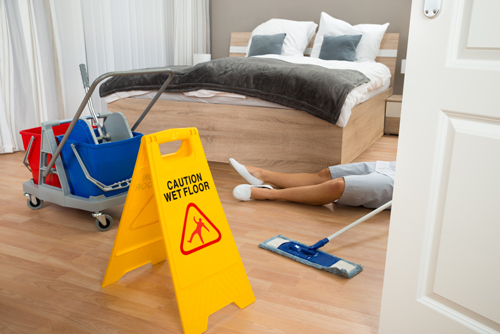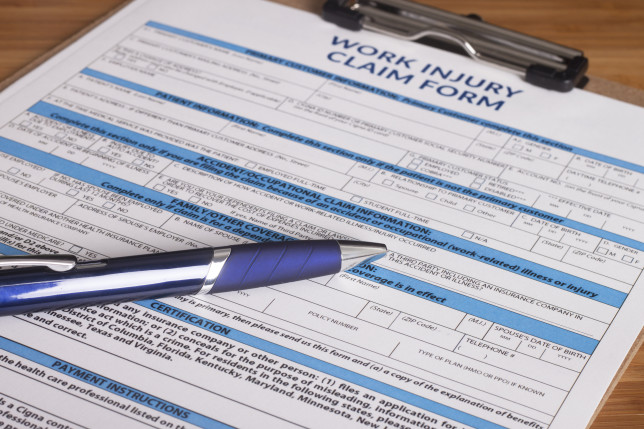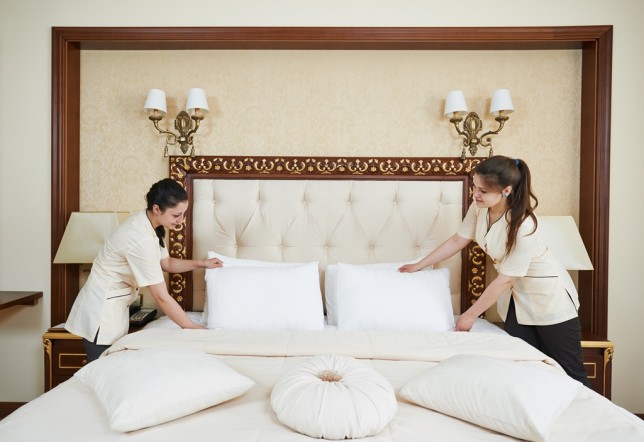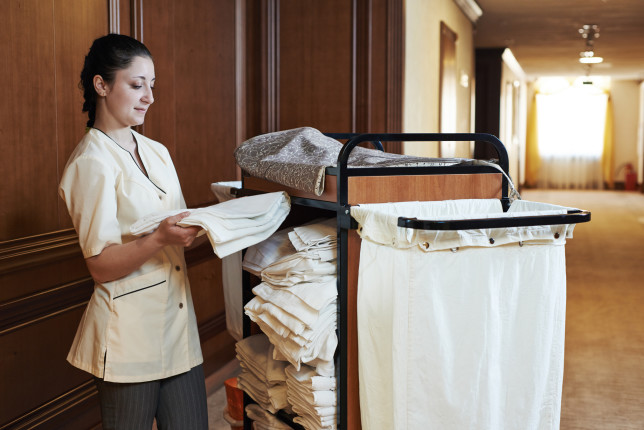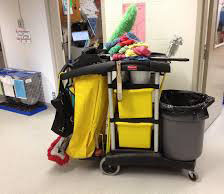Two California state lawmakers Wednesday introduced a bill that would require hotels to provide housekeepers with a “panic button” to prevent violent assaults and sexual harassment.
Assembly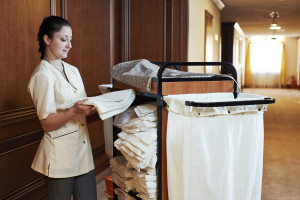 man Al Muratsuchi, D-Torrance, jointly introduced the so-called hotel maid “panic button” bill with Assemblyman Bill Quirk, D-Hayward. If it gets passed, it would make California the first in the nation to have a statewide law requiring hotels to provide employees working alone in guest rooms with a panic button.
man Al Muratsuchi, D-Torrance, jointly introduced the so-called hotel maid “panic button” bill with Assemblyman Bill Quirk, D-Hayward. If it gets passed, it would make California the first in the nation to have a statewide law requiring hotels to provide employees working alone in guest rooms with a panic button.
Also, the California bill would impose a three-year ban for any guest accused of violence or sexual harassment against an employee and keep a list of those accusations for five years.
The city of Seattle previously passed a ballot measure that requires employers to provide hotel housekeepers with panic buttons, and Chicago passed a similar measure last year. The city of Long Beach, California, considered a panic button ordinance too but rejected it late last year.
The proposed California legislation follows high-profile sexual assault and harassment charges lodged against high-profile people, including Oscar-winning film producer Harvey Weinstein. On Tuesday, the Los Angeles County District Attorney’s Office said it is considering possible criminal charges against Weinstein, who has been accused of sexually harassing or assaulting several women over the years. Weinstein, who has denied all allegations of nonconsensual sex, also is under investigation by authorities in New York.
“As we’ve yet to see the bill in print, we wouldn’t have a position yet,” said Lynn Mohrfeld, a spokesperson for the California Hotel and Lodging Association, the industry’s state lobbying organization. “That said, the safety of guests and hotel employees is a top priority. While no industry is immune to dealing with sexual harassment as the headlines over recent weeks have shown, our industry has in place procedures and protocols for employees around reporting and prevention and these are continuously reviewed and updated.”
Click here to read entire article: CNBC


